There are a dizzying amount of different types of cypress trees in the world, typically classified as either Old World or New World cypresses. Evergreen and preferring temperate regions, cypress trees come in a variety of shapes and sizes. You may be considering a cypress tree for your backyard or garden landscaping, but what type might suit your project best?
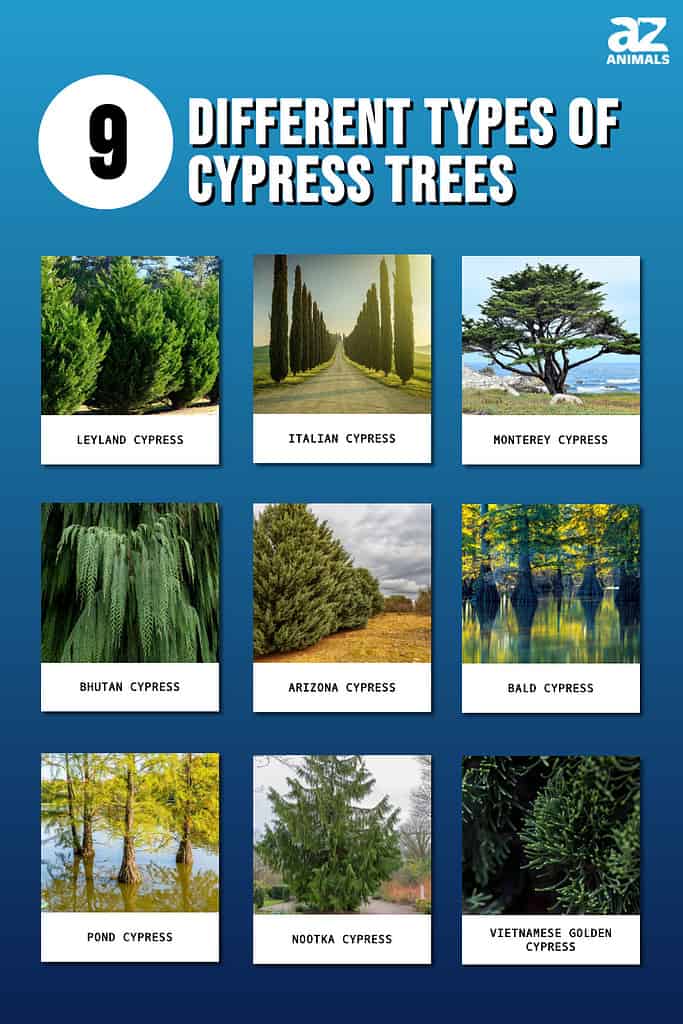
If you are wondering about all of the different types of cypress trees, you’re in the right place. Let’s go over some different cultivars and reasons why cypresses might be right for you now!
Types of Cypress Trees: Old World vs New World
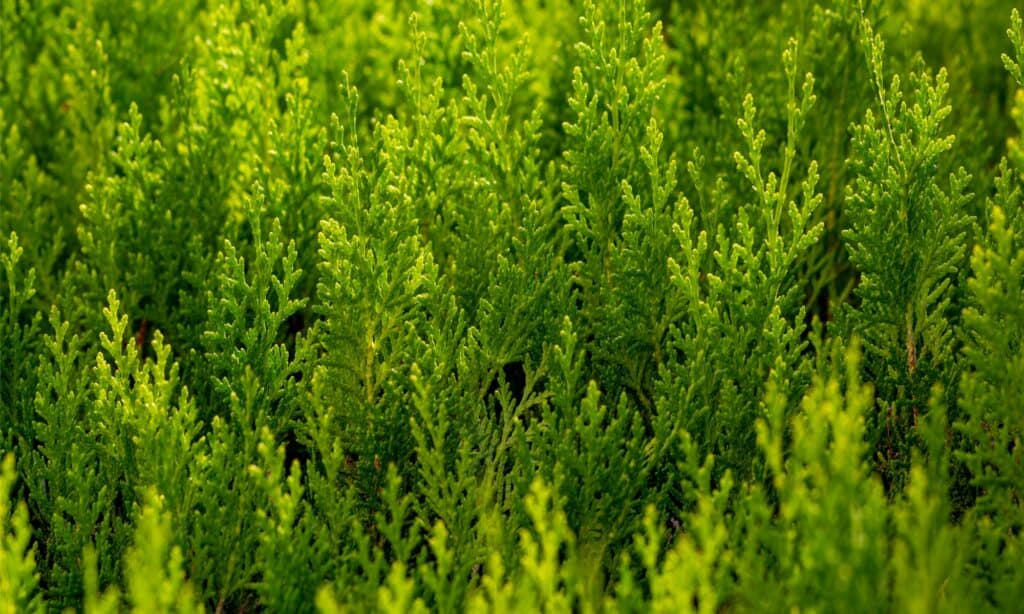
Most cypress tree types are categorized as Old World or New World cypresses.
©iStock.com/Ali Çobanoğlu
Cypress trees are unique in that the number of species associated with the scientific name Cupressus varies greatly. The average number of cypress species ranges from 15 to 25, with countless cultivars associated with these species. For brevity’s sake, let’s go over some quick differences between Old and New World cypress trees so that you can better understand why the cypress tree species is often misrepresented.
Old World Cypress Trees
Determined by the shape of their cones, Old World cypress trees are closely related to junipers. Their cones don’t form spikes or end in a sharp point and they often have more scales or flaky components compared to the average New World cypress.
New World Cypress Trees
The average New World cypress produces cones with sharp spikes and fewer scales or flaky components compared to Old World cypresses. Additionally, most New World cypress trees grow in very specific, limited areas and aren’t often widely distributed.
Common and Popular Types of Cypress Trees

Cypress trees are unique in that the number of species associated with the scientific name
Cupressusvaries greatly.
©anthony heflin/Shutterstock.com
Whether you want to plant a cypress tree in your own backyard or simply want to learn more about these adaptable evergreens, here’s a list of some of the most popular and widely cultivated types of cypress trees.
1. Leyland Cypress
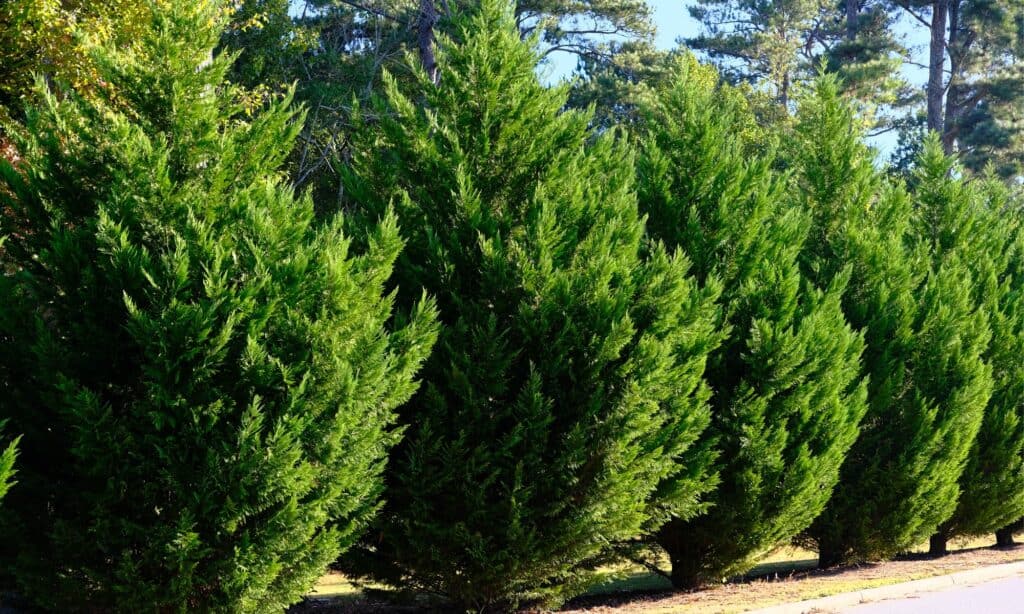
After its cultivation in the 1800s, Leyland cypresses were widely distributed and popularized as hedges and privacy borders.
©iStock.com/dbvirago
A hybrid cypress cultivar formed through the accidental breeding of a Nootka cypress and a Monterey cypress, the Leyland cypress has a storied past. After its cultivation in the 1800s, Leyland cypresses were widely distributed and popularized as hedges and privacy borders. This is what these trees are still used for today, but keep in mind that their roots are shallow, making tall specimens dangerous in wind storms.
2. Italian Cypress
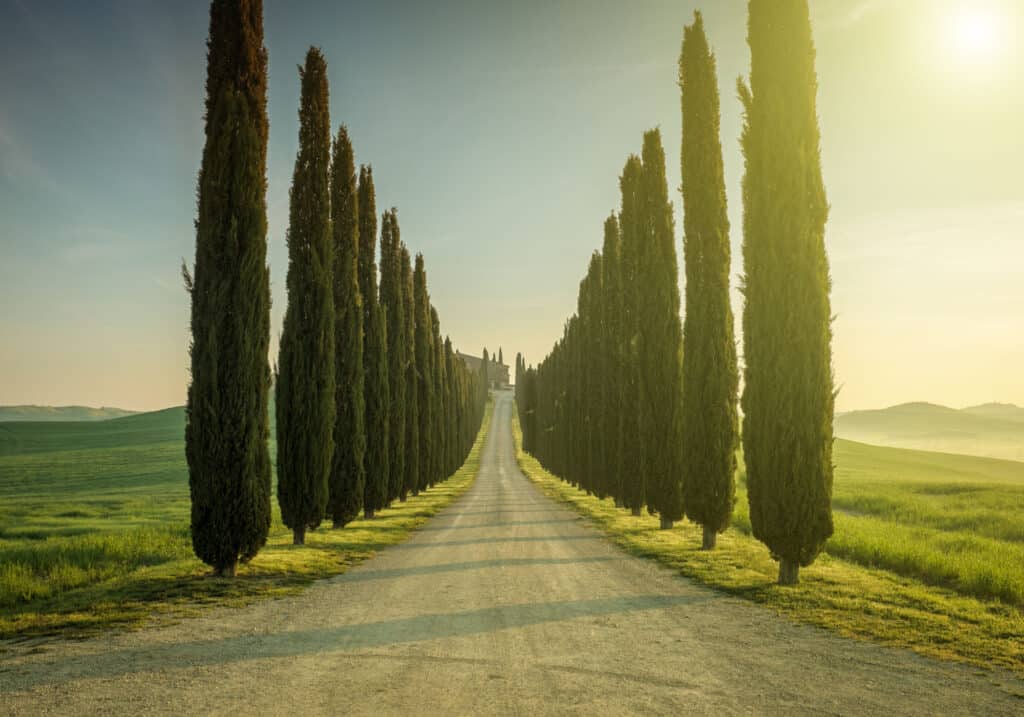
Narrow and attractive, Italian cypresses are also known as Mediterranean cypress trees.
©Zoom Team/Shutterstock.com
Classified as Cupressus sempervirens, the Italian or Mediterranean cypress is iconic. They have a long history in Italian landscaping and exterior design, often posted up along churches or cemeteries. While these cypresses are widely distributed nowadays, some trees are older than 1,000 years in their native Mediterranean habitat!
3. Monterey Cypress
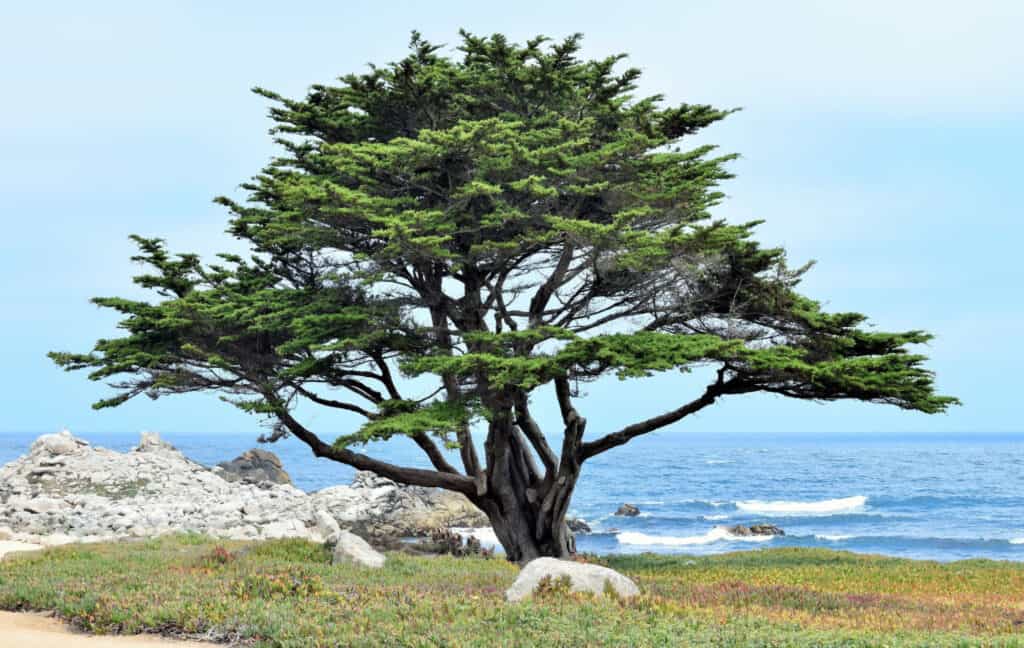
Shaped by the rough winds of the Pacific coastline, Monterey cypresses are native to central California.
©David A Litman/Shutterstock.com
If you’ve ever visited the West Coast of the United States, you might have wondered what strange trees you saw lining the ocean views. The Monterey cypress is a New World cypress native to a very specific region of California. While it is now more widely distributed along the West Coast and even in New Zealand, Monterey cypresses remain an icon of California. Their branches and treetops are directly affected by the winds and weather of the Pacific Ocean!
4. Bhutan Cypress
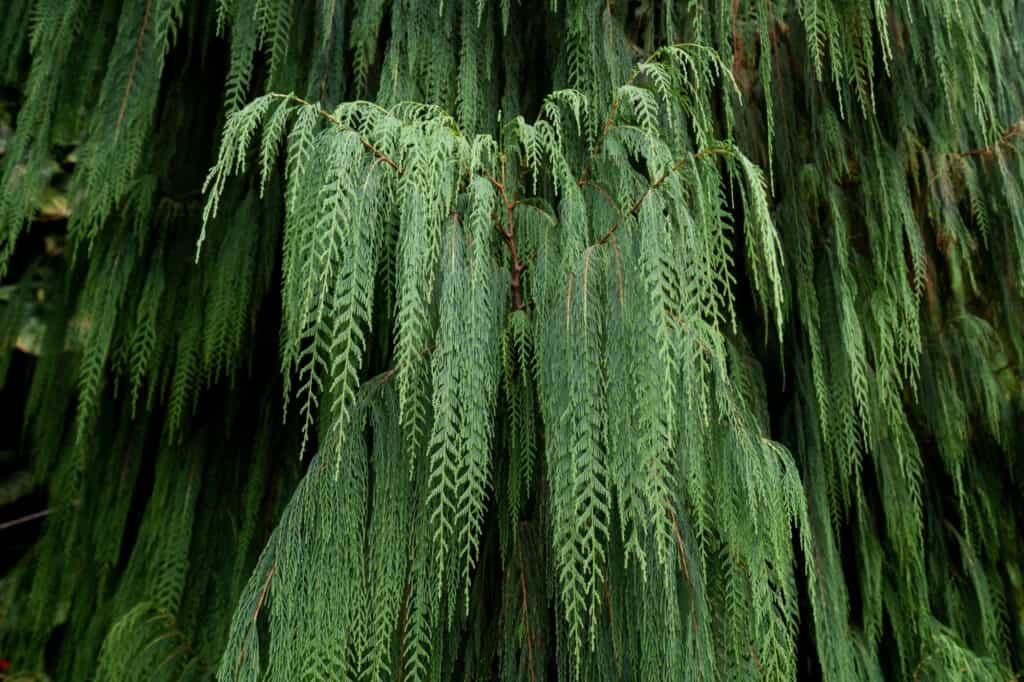
Known for its weeping structure, the Bhutan cypress is ornamental and revered.
©mokjc/Shutterstock.com
Technically the official national tree of Bhutan, the Bhutan cypress is also known as the Kashmir cypress. Native to the Himalayas, this cypress tree thrives at high elevations, with weeping foliage in attractive green shades. If you live in a fairly mild or temperate region, you may have success growing this cypress tree.
5. Arizona Cypress
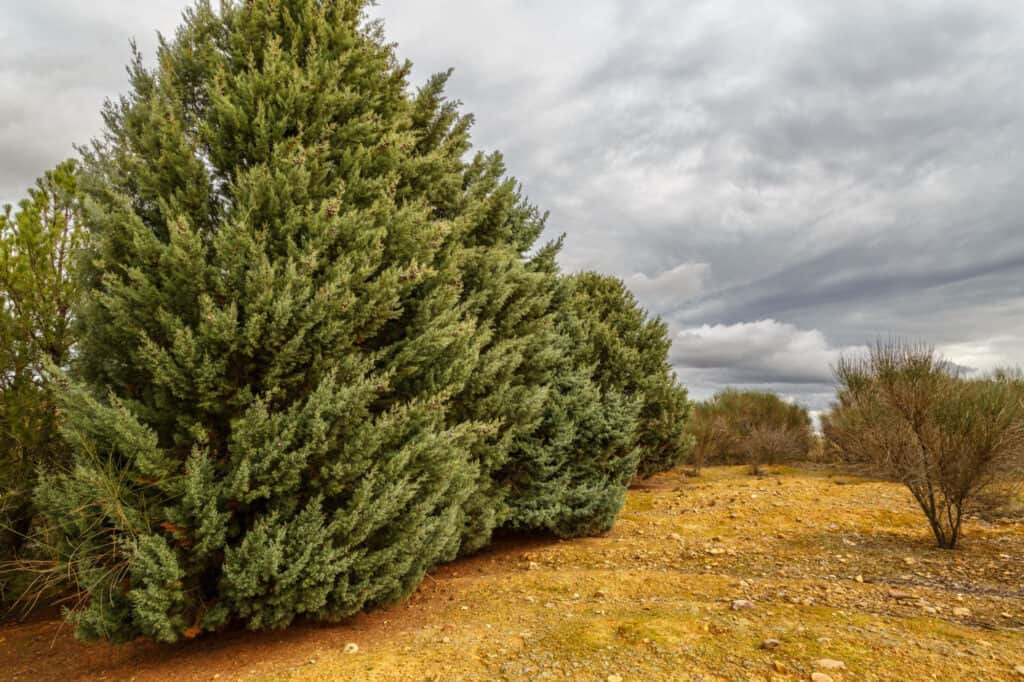
Happy in dry, arid climates, the Arizona cypress is perfect for certain regions.
©LFRabanedo/Shutterstock.com
You may have already guessed that the Arizona cypress is native to Arizona. In fact, this tree is sporadically located in the southwestern United States and even in Mexico. Its attractive foliage makes these cypresses look full, even in a desert landscape. Plus, these trees rarely grow larger than 100 feet, making them useful in arid landscaping projects.
6. Bald Cypress
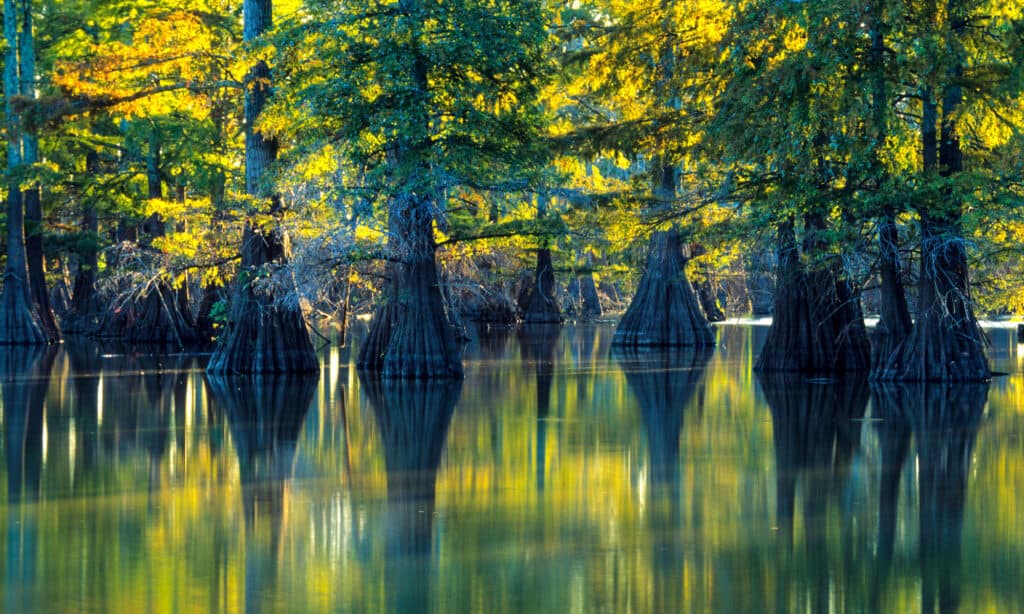
While most cypress trees suffer from a variety of diseases or unfortunate growth habits, the bald cypress is hearty.
©Danita Delimont/Shutterstock.com
Capable of growing in and amongst swampy conditions, the bald cypress is the official state tree of Louisiana. While most cypress trees suffer from a variety of diseases or unfortunate growth habits, the bald cypress is hearty and popular given its ability to grow just about anywhere!
7. Pond Cypress
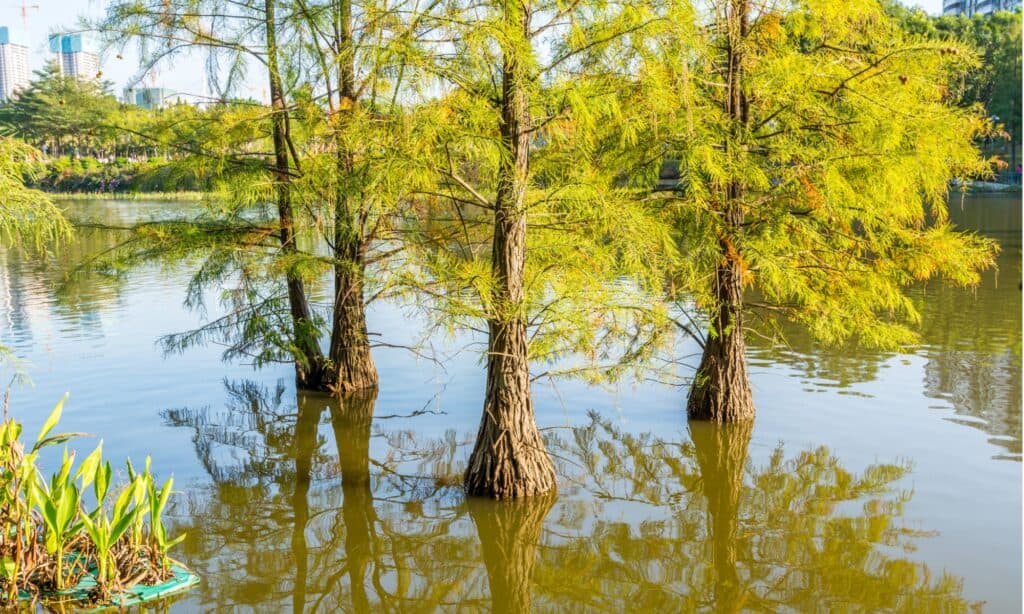
Some experts claim that bald cypresses and pond cypresses are the same trees, but there are many distinct growing habits that separate them from one another.
©iStock.com/ZZ3701
Closely related to the bald cypress, pond cypresses are also sturdy and unique. They prefer to grow in still waters, forming unique knees or root systems in these locations. Some experts claim that bald cypresses and pond cypresses are the same trees, but there are many distinct growing habits that separate them from one another.
8. Nootka Cypress
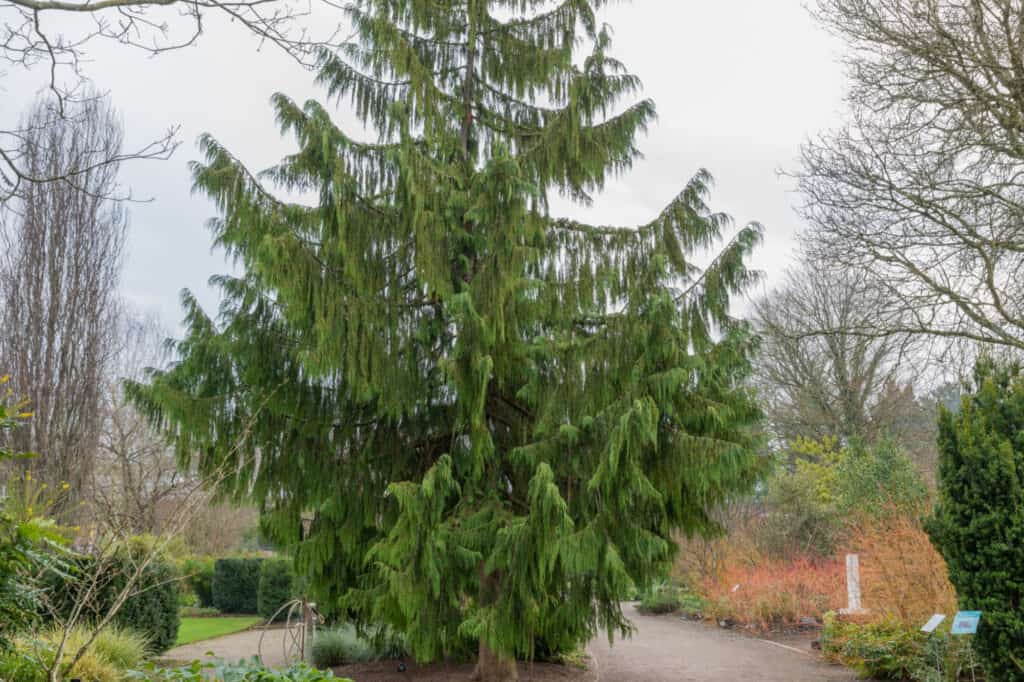
Native to North America, the Nootka cypress can reach up to 200 feet tall.
©David_Maddock/Shutterstock.com
Colloquially known as an Alaskan cypress or a yellow cedar, the Nootka cypress is native to the Pacific Northwest, particularly Canada. It can be grown in select climates and conditions and it is prized for its attractive foliage.
9. Vietnamese Golden Cypress
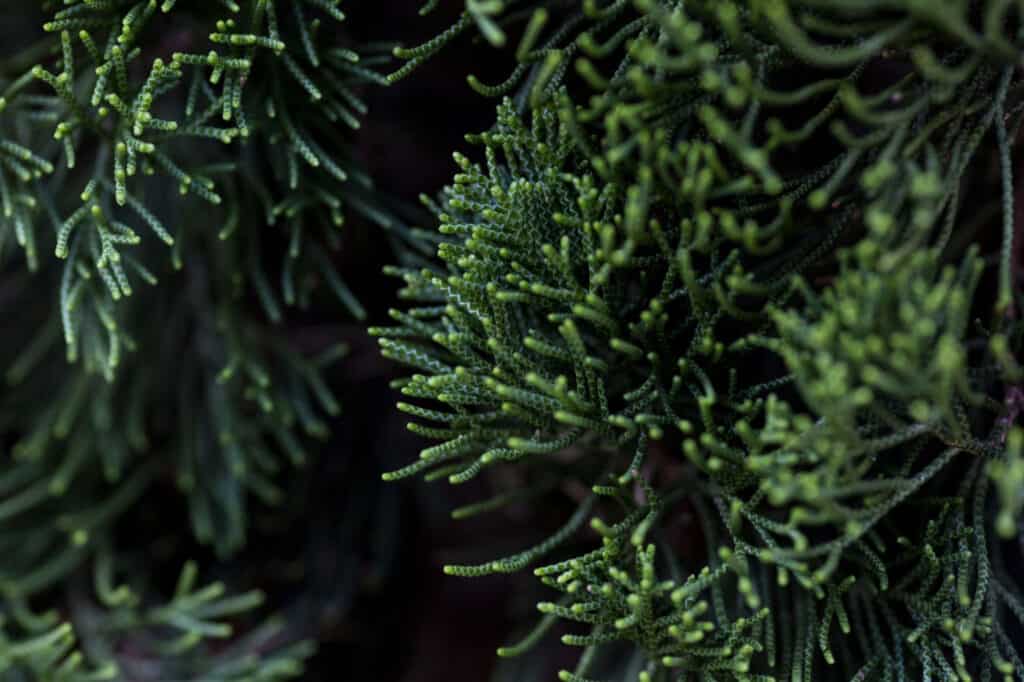
With only one known species in its genus, the Vietnamese cypress is special.
©Wirestock Creators/Shutterstock.com
Existing as the one and only species within the Xanthocyparis genus, the Vietnamese golden cypress is a relatively new and rare cypress discovery. The foliage on this cypress tree turns golden as it ages, but this particular species is endangered. Choosing to grow one, if you’re able to find a sapling, is a step to keeping this cypress species alive!
Summary of 9 Different Types of Cypress Trees
| Cypress Tree | Old World or New World | |
|---|---|---|
| 1 | Leyland Cypress Tree | Neither–hybrid |
| 2 | Italian Cypress | Old World |
| 3 | Monterey Cypress | New World |
| 4 | Bhutan Cypress | Old World |
| 5 | Arizona Cypress | New World |
| 6 | Bald Cypress | New World |
| 7 | Pond Cypress | New World |
| 8 | Nootka Cypress | New World |
| 9 | Vietnamese Golden Cypress | Old World |
The photo featured at the top of this post is © David A Litman/Shutterstock.com
Sources
- Cypress canker: a pandemic in progress, Available here: https://nature.berkeley.edu/matteolab/wp-content/uploads/2016/02/annurev.phyto_.graniti-1.pdf
Thank you for reading! Have some feedback for us? Contact the AZ Animals editorial team.






